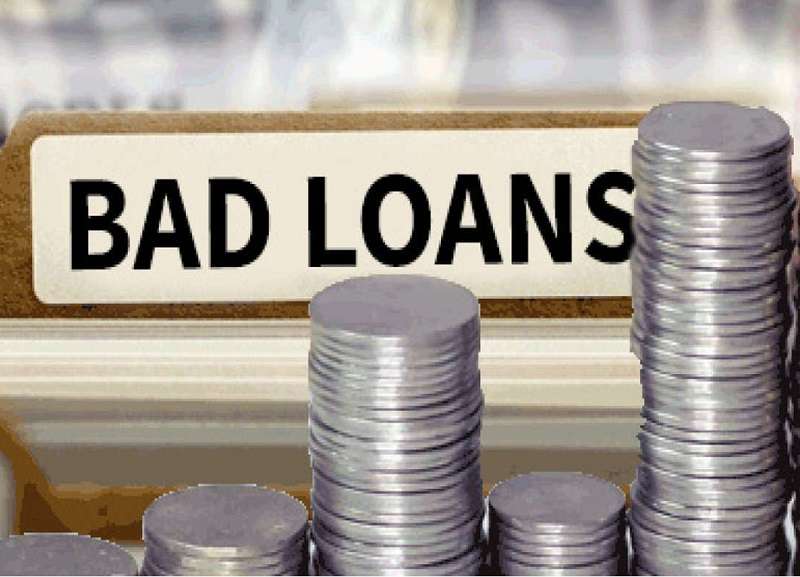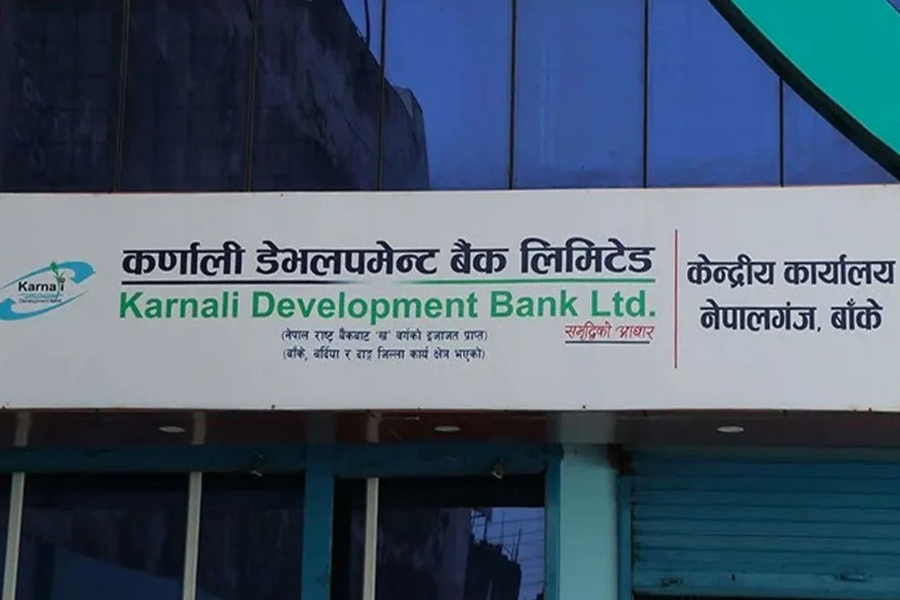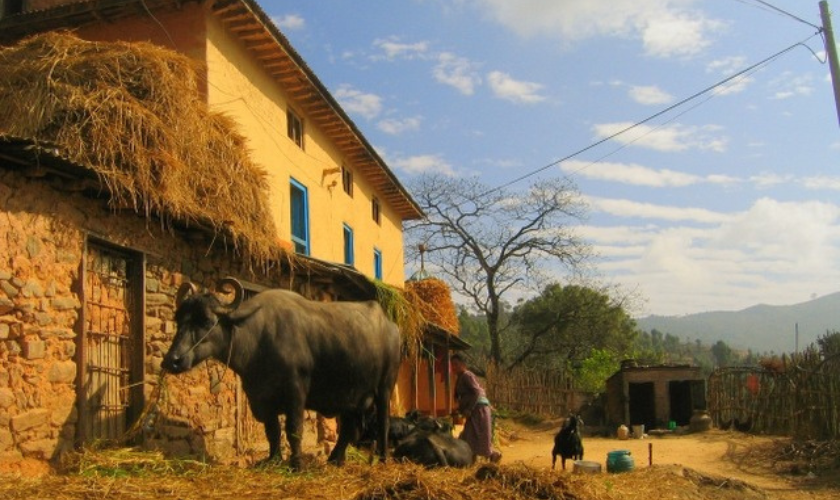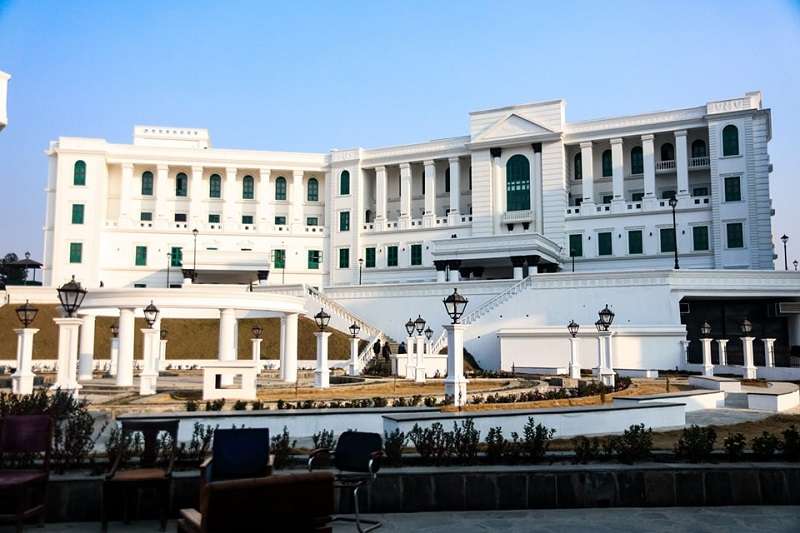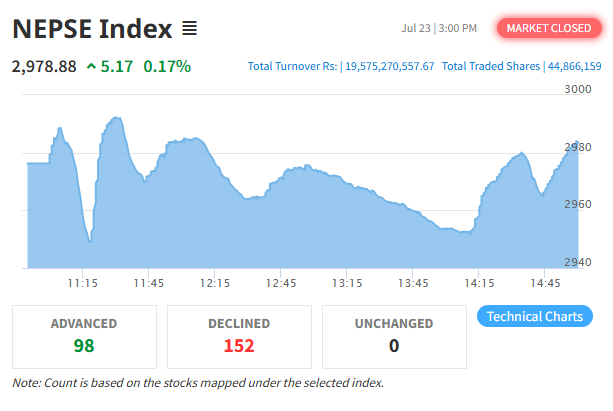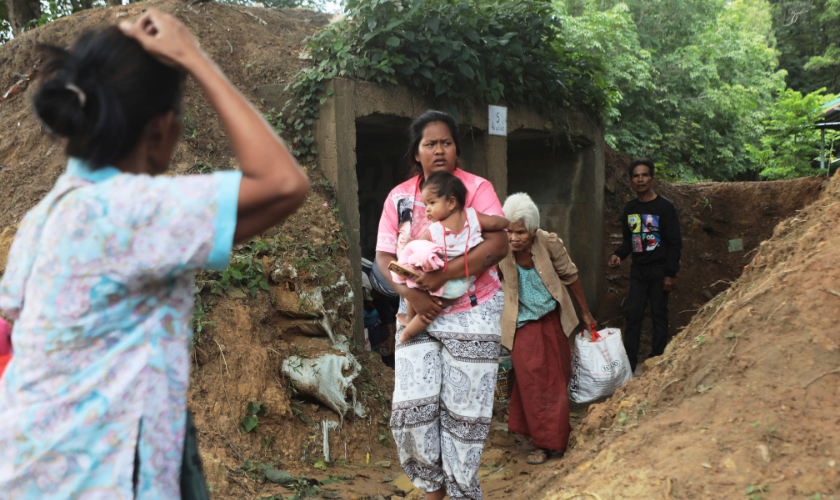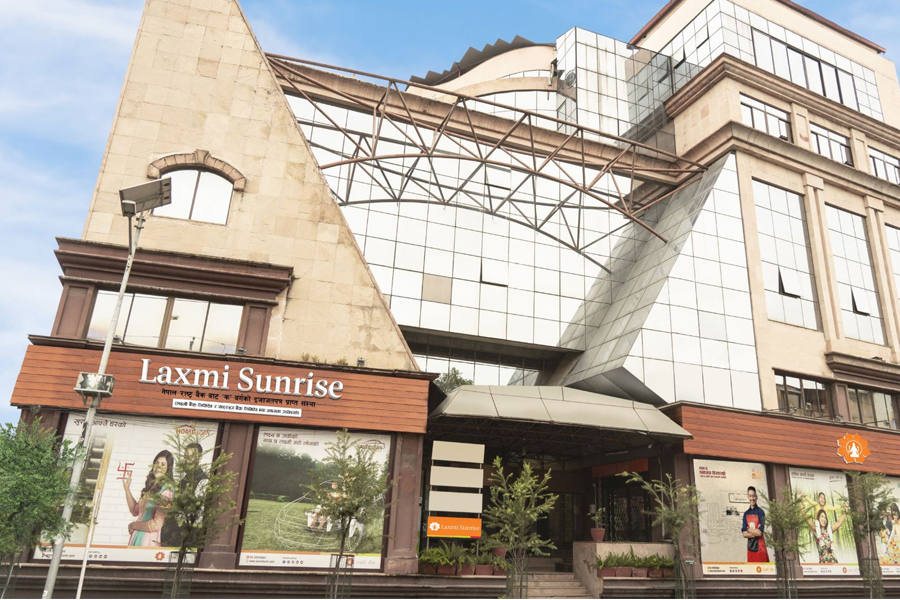The number of microfinance borrowers blacklisted by the Credit Information Center (CIC) has risen sharply, driven by widespread loan defaults. According to CIC data, the number of blacklisted borrowers associated with microfinance institutions surged by nearly 144 percent in Fiscal Year 2024/25.
At the end of FY 2023/24, 3,872 microfinance borrowers had been placed on the blacklist. By the close of FY 2024/25, that figure had soared to 9,443 — a sharp increase fueled by the ongoing economic slowdown, weak loan recovery mechanisms, and growing movements encouraging loan non-repayment.
Read: NRB Removes Lending Rate Cap for Microfinance Institutions, Implements Base Rate Framework
In the last fiscal year alone, 5,571 new borrowers were added to the blacklist. The slowdown in overall economic activity has impacted loan recovery efforts across banks and financial institutions. Microfinance borrowers, in particular, have increasingly struggled to meet repayment deadlines, resulting in more names being added to the list.
Chol Raj Sharma, CEO of NIC Asia Microfinance, said the sluggish pace of economic activity has hampered loan recovery for both banks and microfinance institutions. He also pointed to growing misconceptions among borrowers — particularly the mistaken belief that microfinance loans may be waived — as contributing to the rising default rates.
Read: Economic Slowdown Leads to Sharp Rise in Blacklisted Microfinance Borrowers
According to Sharma, the problem deepened after microfinance institutions began aggressively expanding their loan portfolios in the post-COVID period. Even though Nepal Rastra Bank has since tightened regulations — such as restricting borrowers from joining more than two institutions and lowering the individual loan cap from Rs 1.5 million to Rs 700,000 — recovery has not improved significantly.
Microfinance institutions typically disburse unsecured loans using group guarantees, a model adopted from cooperatives. However, critics argue that excessive lending to low-income groups has led to repayment difficulties and has undermined the integrity of the system. In response to growing pressure from borrower groups who claim to be victims of microfinance practices, both the Ministry of Finance and Nepal Rastra Bank formed separate study committees.
Based on the committees' recommendations, Nepal Rastra Bank revised its policies to provide relief measures such as loan restructuring and rescheduling for distressed borrowers. As per directives issued in August/September 2023 (Bhadra 2080), borrowers who defaulted due to unforeseen circumstances — as opposed to willful defaulters — can restructure or reschedule their loans for up to three years. These borrowers may also be eligible for removal from the blacklist.
Read: NRB’s Policy to Limit Microfinance Loans Reduces Borrowers and Members
Despite such provisions, the number of blacklisted borrowers has continued to grow. Ram Bahadur Yadav, president of the Nepal Microfinance Bankers' Association, said that while relief has been offered to those facing genuine hardships, stricter legal action is needed against those who intentionally default.
“We’ve offered flexibility to those affected by circumstances, but legal measures are necessary for willful defaulters,” he stated.
Currently, there are 52 microfinance institutions operating across the country — three of them providing wholesale lending, while 49 operate at the retail level. Out of 6.16 million members of retail microfinance institutions, around 2.7 million have taken loans.
As of mid-April 2025, microfinance institutions had disbursed loans totaling Rs 434.86 billion. The average non-performing loan (NPL) ratio across the sector stands at 9.07 percent. In the previous fiscal year, NPLs stood at 6.17 percent out of the total lending of Rs 401 billion.
According to NRB policy, borrowers who default on loans exceeding Rs 500,000 must be recommended for blacklisting. However, institutions may also recommend borrowers with smaller loans for blacklisting at their discretion. Individuals on the blacklist are barred from opening accounts or accessing credit at any bank or financial institution until they fully settle both the principal and interest. Only then can the lending institution request the CIC to remove the borrower’s name from the blacklist.

